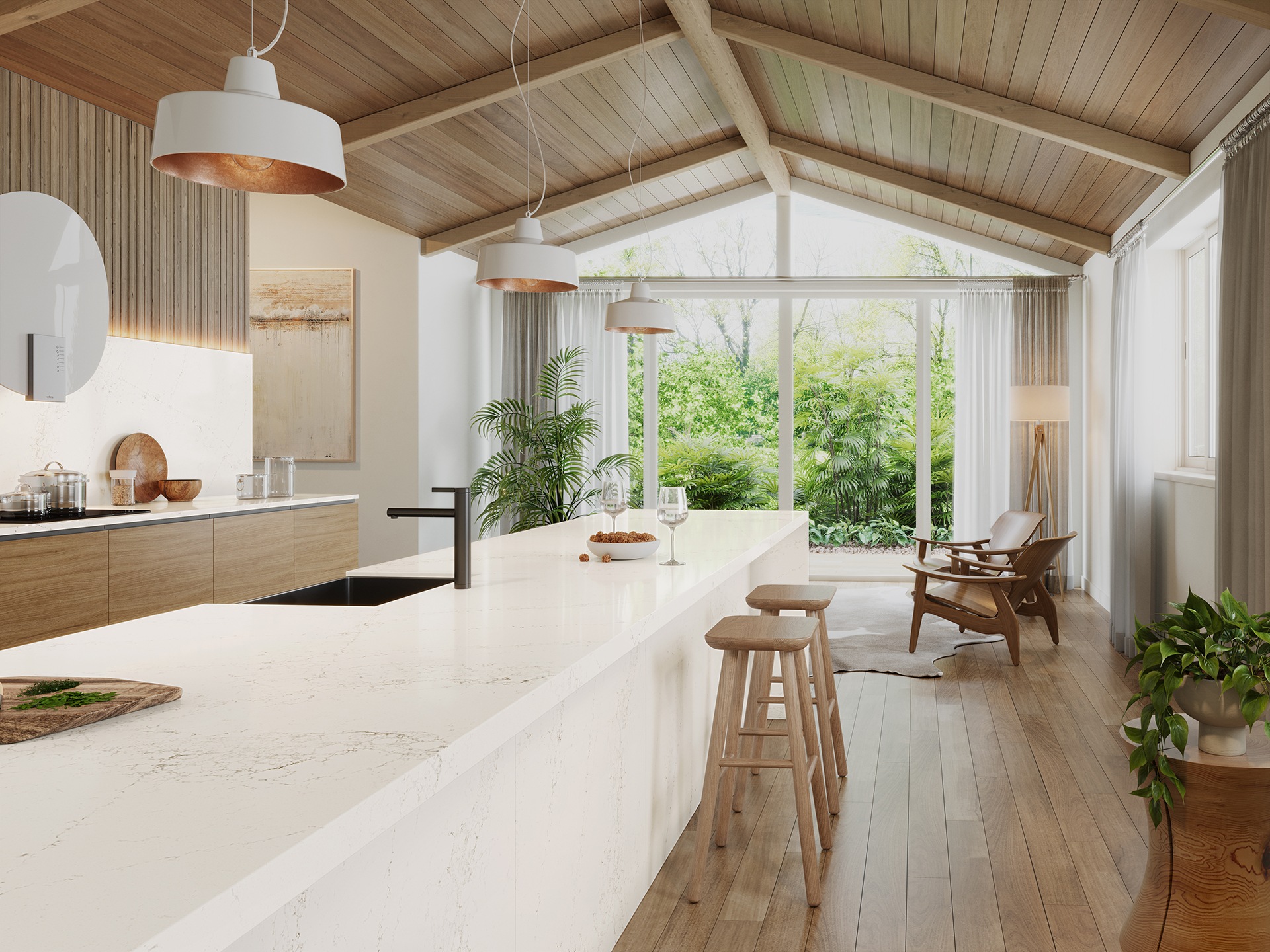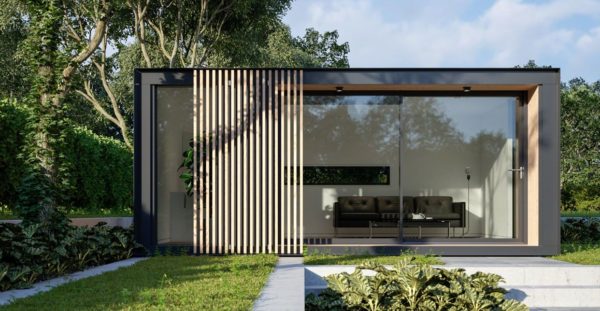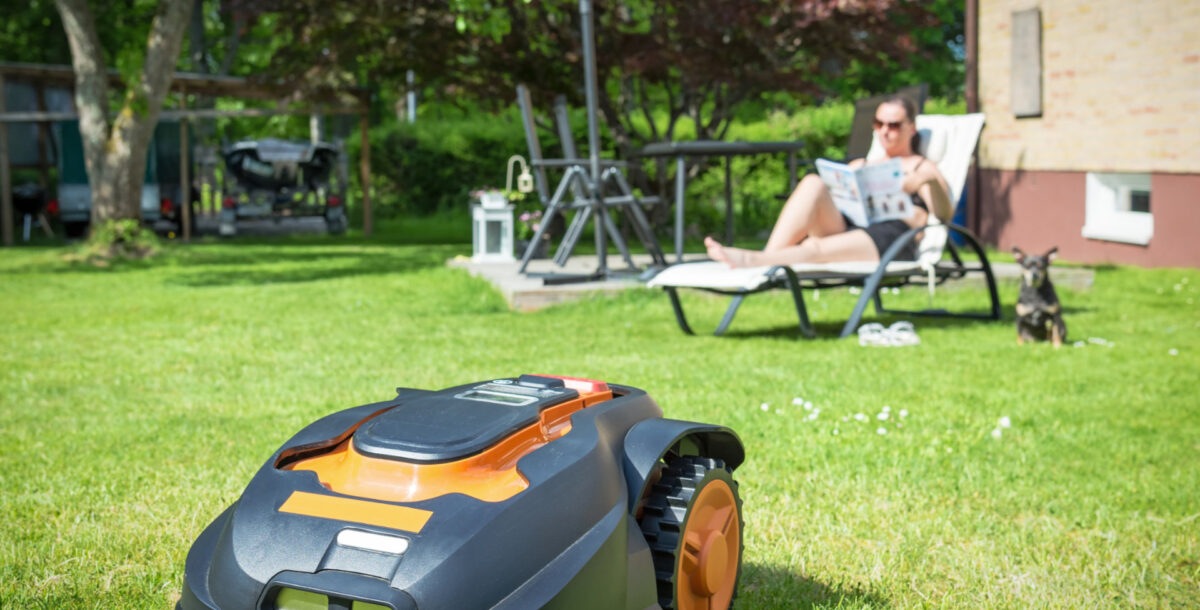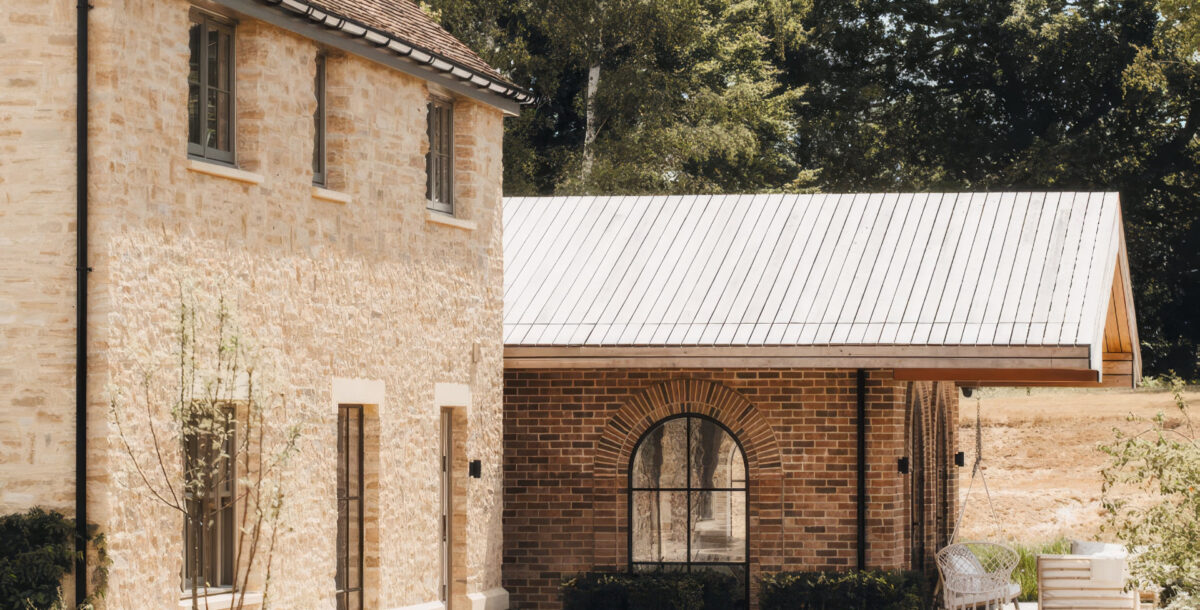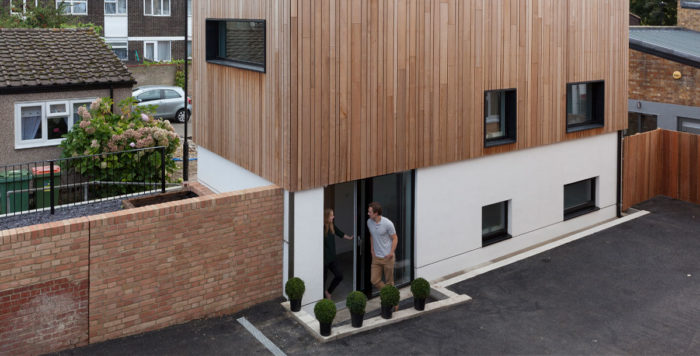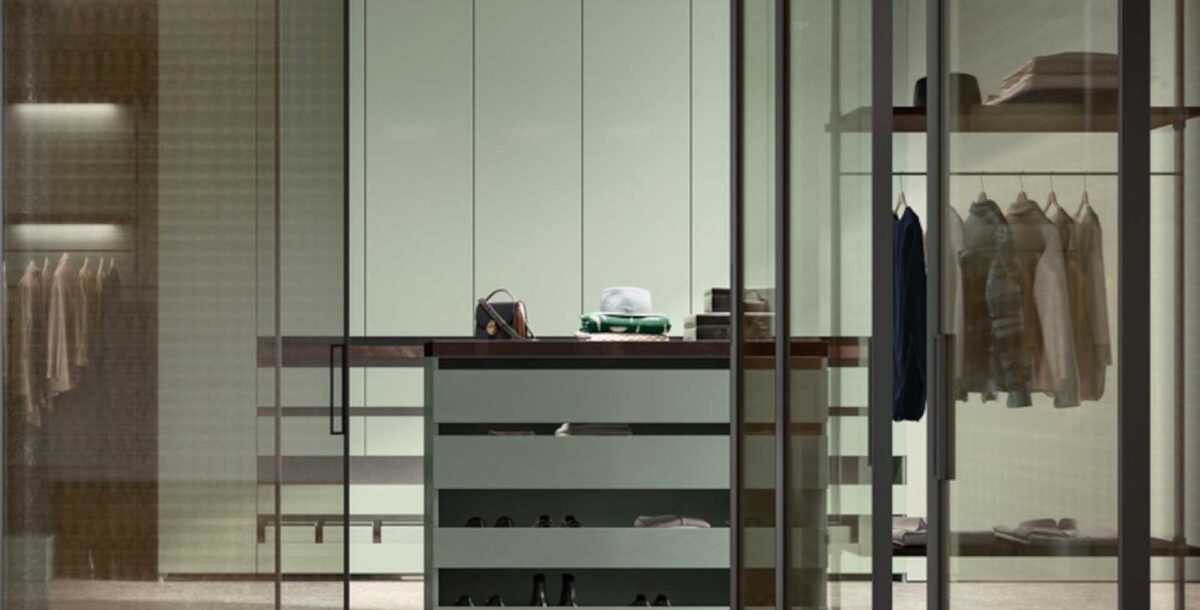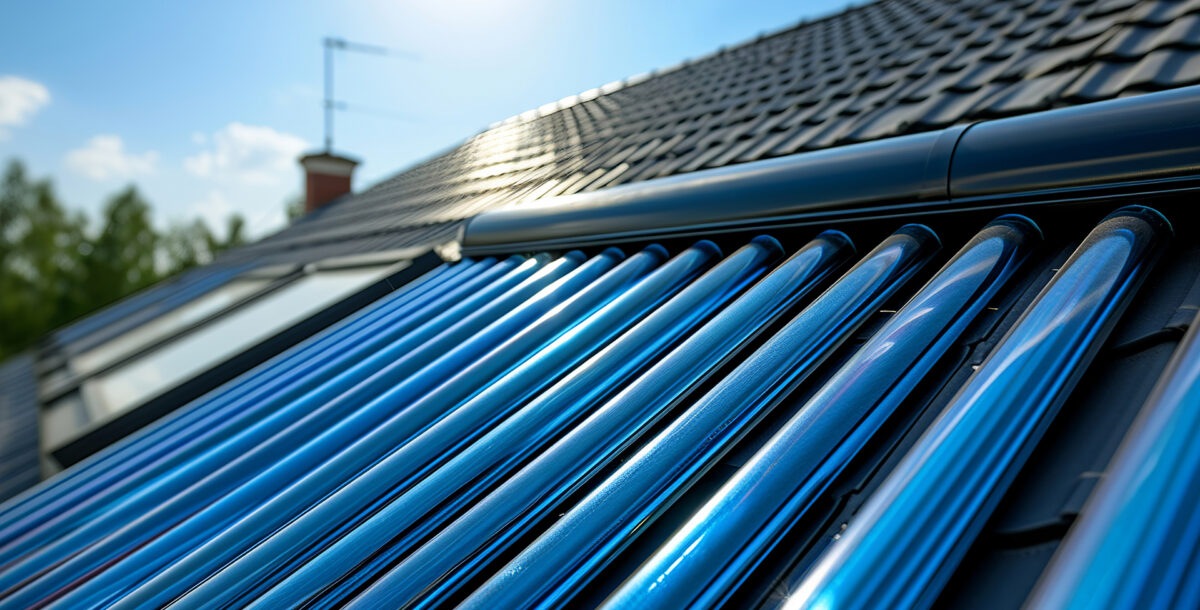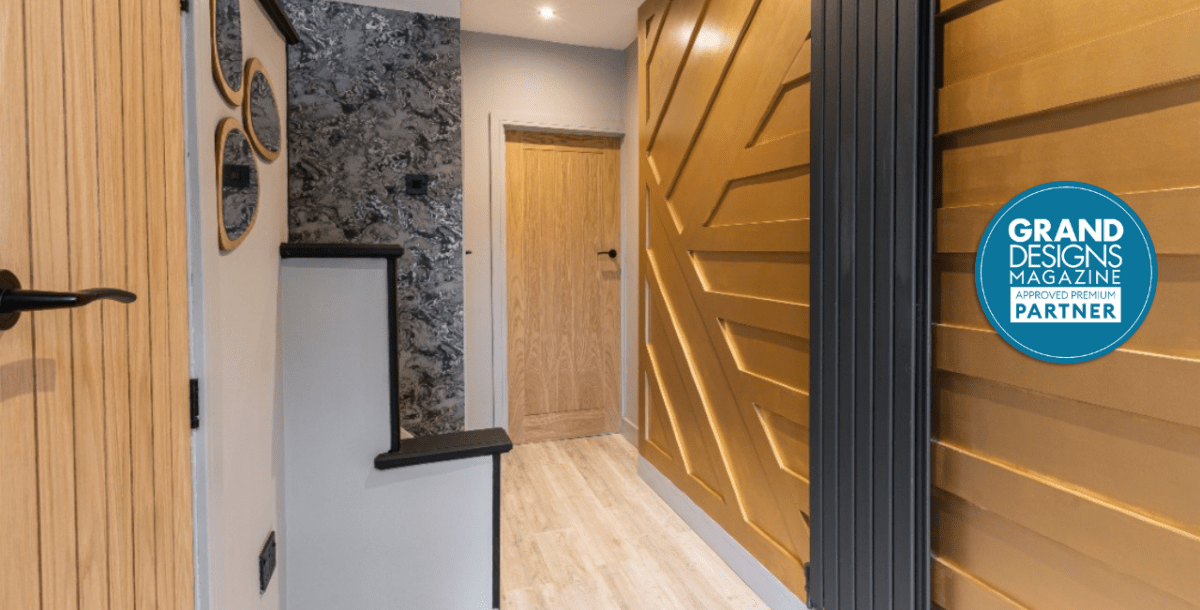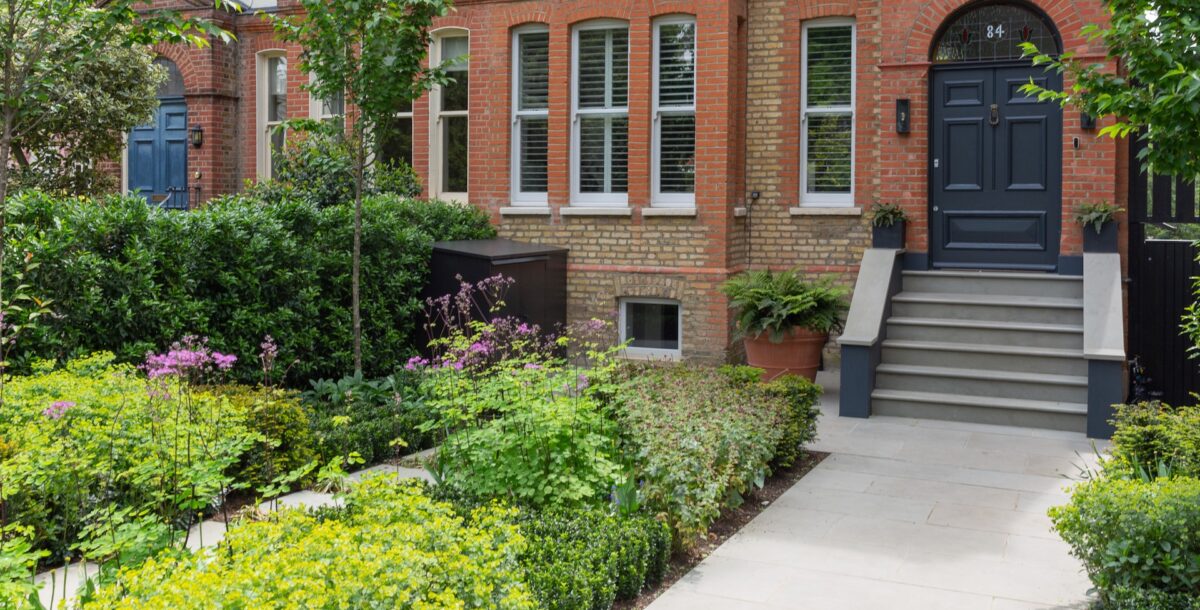Granite vs quartz countertops
When it comes to hard-wearing kitchen worktops, which type is the best for your kitchen?
Granite and quartz are popular worktop choices because they can both combine durability with a touch of glamour. But innovation and environmental concerns are changing the market for countertops all the time, so we’ve taken a closer look at how these two favourite kitchen surfaces measure up today.
Granite
Granite is a common, naturally occurring igneous rock (formed by volcanic activity). It is very hard, with a crystalline structure, and comes in many differently coloured and patterned variations. Other igneous rocks, such as basalt, gabbro, diorite, diabase and anorthosite, are sometimes sold as “granite”.
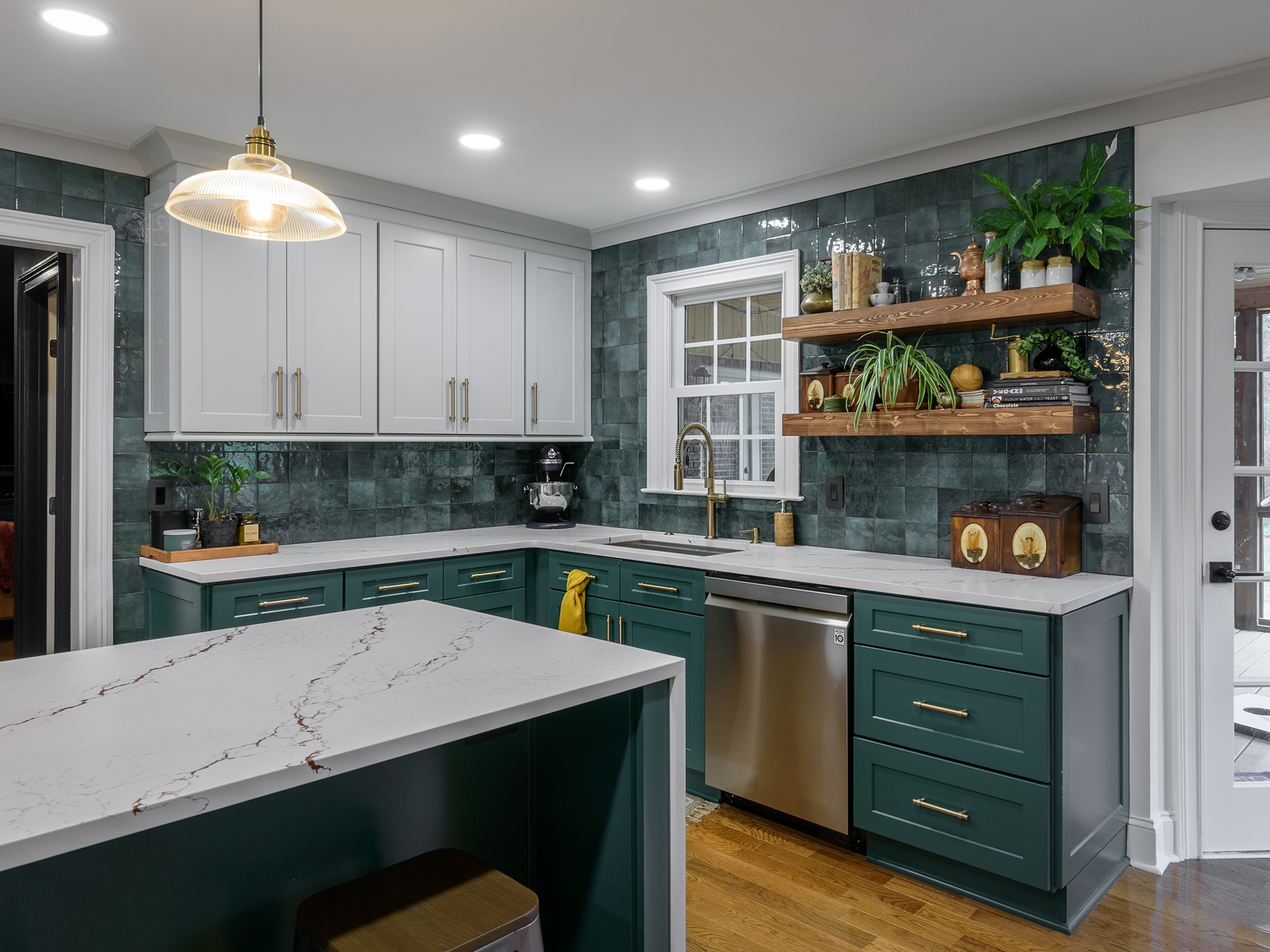
- Image credit: Granite and Marble Solutions
Darren Watts, Designer at Wren Kitchens, says, “Combining beauty and practicality, granite is a natural stone, which means every countertop is unique, and hard-wearing – scratch and stain resistant, and easy to maintain. Polished to a high shine, granite is cool to touch and the perfect surface for baking and food prep.”
Mihai Maciuca, of Domicilio Living, adds, “The pattern varies with each slab, and the striking veins running through it provide a luxurious look, ensuring each granite countertop is a one-of-a-kind piece.” To get an idea of some of the beautiful granite surfaces available, check out the stock on a site, such as Cullifords.
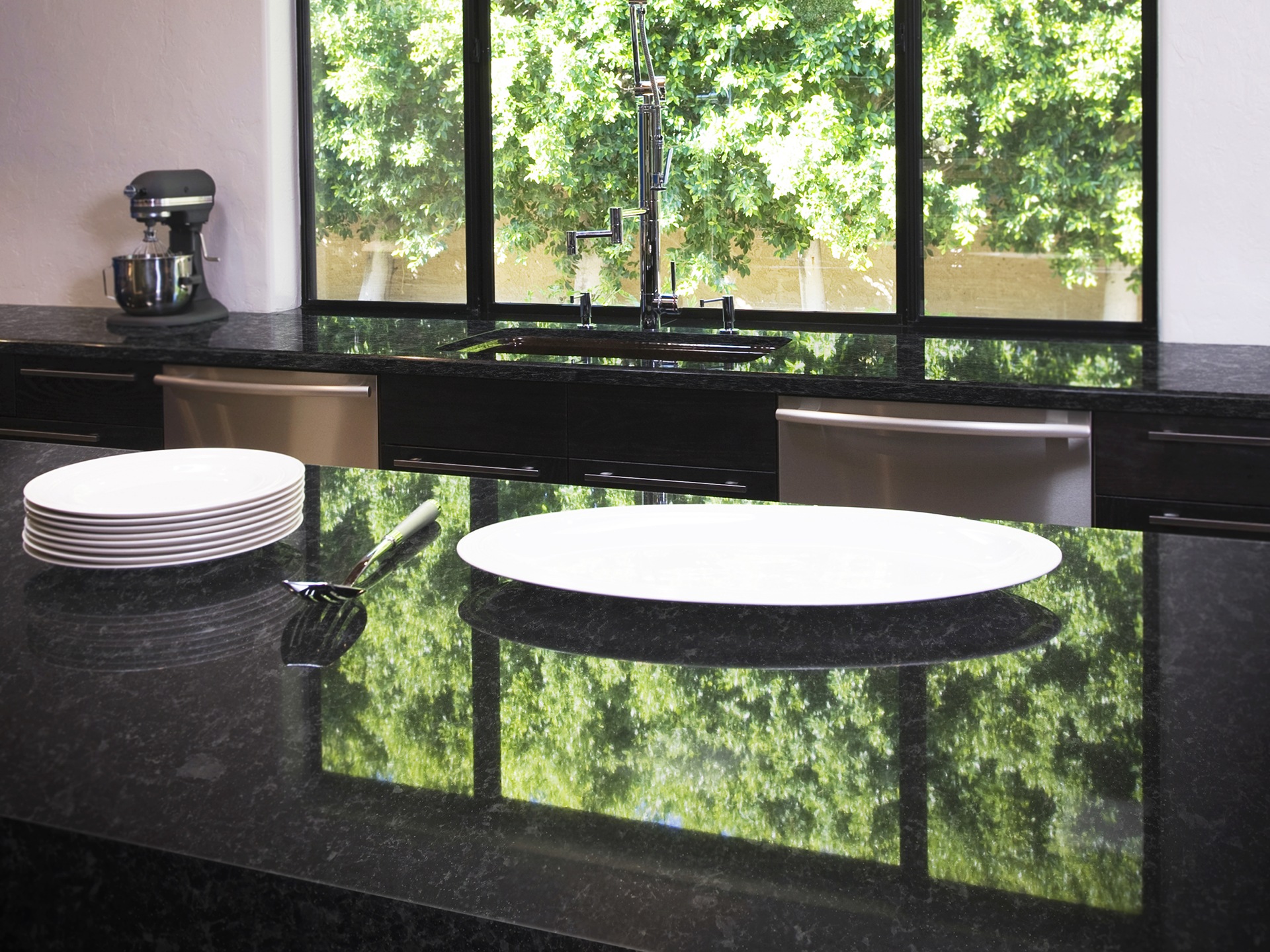
- Stunning Angola black granite kitchen island from Cullifords. Image credit: Cullifords
Quartz
Quartz is an engineered – man-made – stone manufactured from the natural mineral quartz, also known as rock crystal. The quartz is ground up and mixed with clear resin and maybe some decorative aggregate (small stones) or glass and colour pigments. The mixture is compressed and heated in a vacuum using a manufacturing process called the Breton process to form a very strong faux stone that is non-porous and hardwearing.
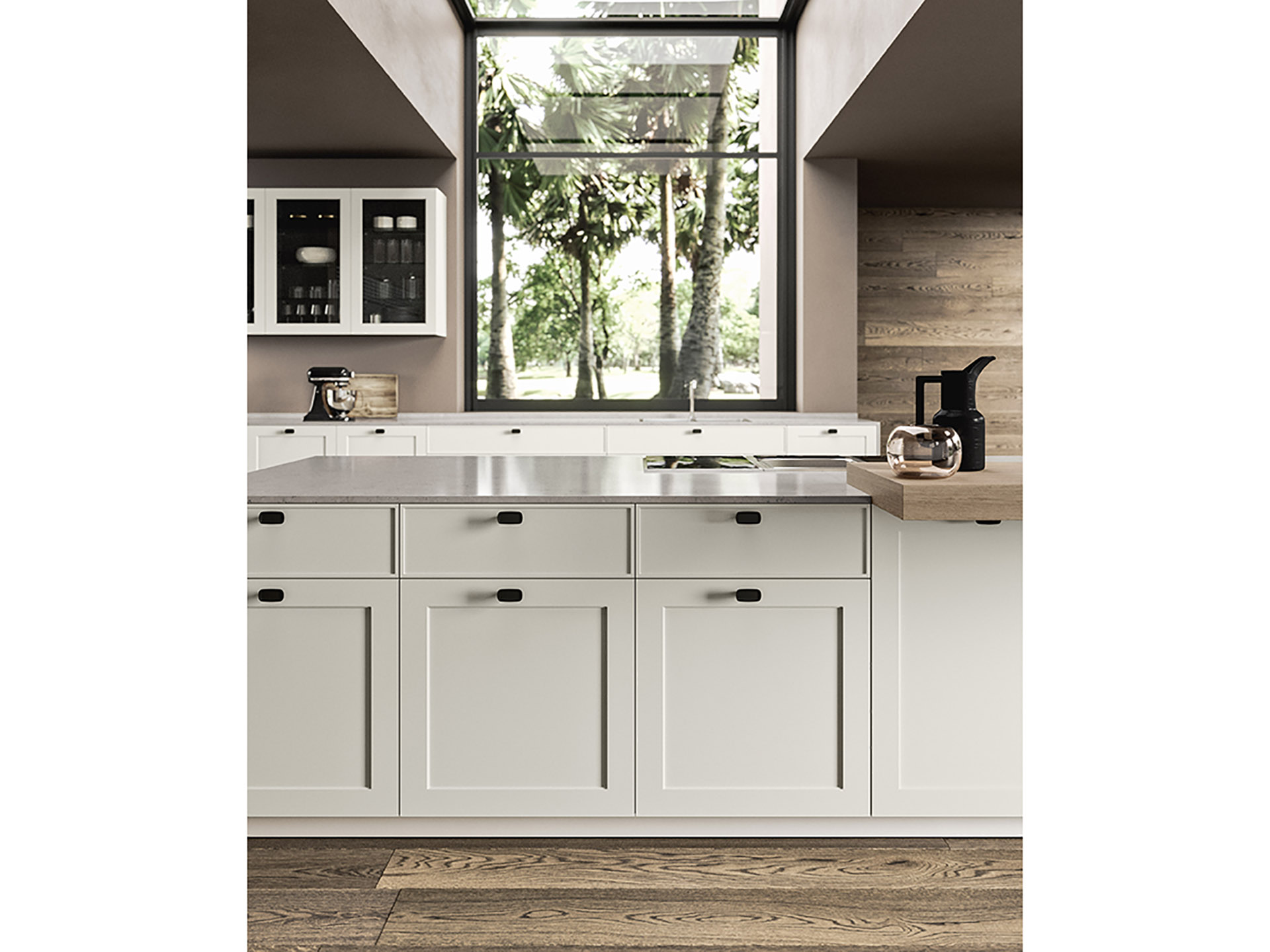
- Image credit: Domicilio Living
Because quartz is a natural mineral, the finished appearance of the engineered quartz has a lustre and depth that resembles natural stone. It comes in large slabs, like natural stone, which are cut to shape. It can be worked like stone, shaped by skilled craftspeople using traditional tools and modern equipment like CNC routers.
Molly Chandler, Designer at Willis & Stone, says, “Quartz stands out as the most popular choice for kitchen worktops due to its exceptional combination of beauty, durability, and versatility. It offers an extensive range of colours and patterns, mimicking the appearance of luxurious natural stones like marble and granite. Whether you prefer a sleek, modern look, or a timeless classic appearance, quartz adapts seamlessly to various design styles, making it an ideal and enduring investment for any kitchen space.”
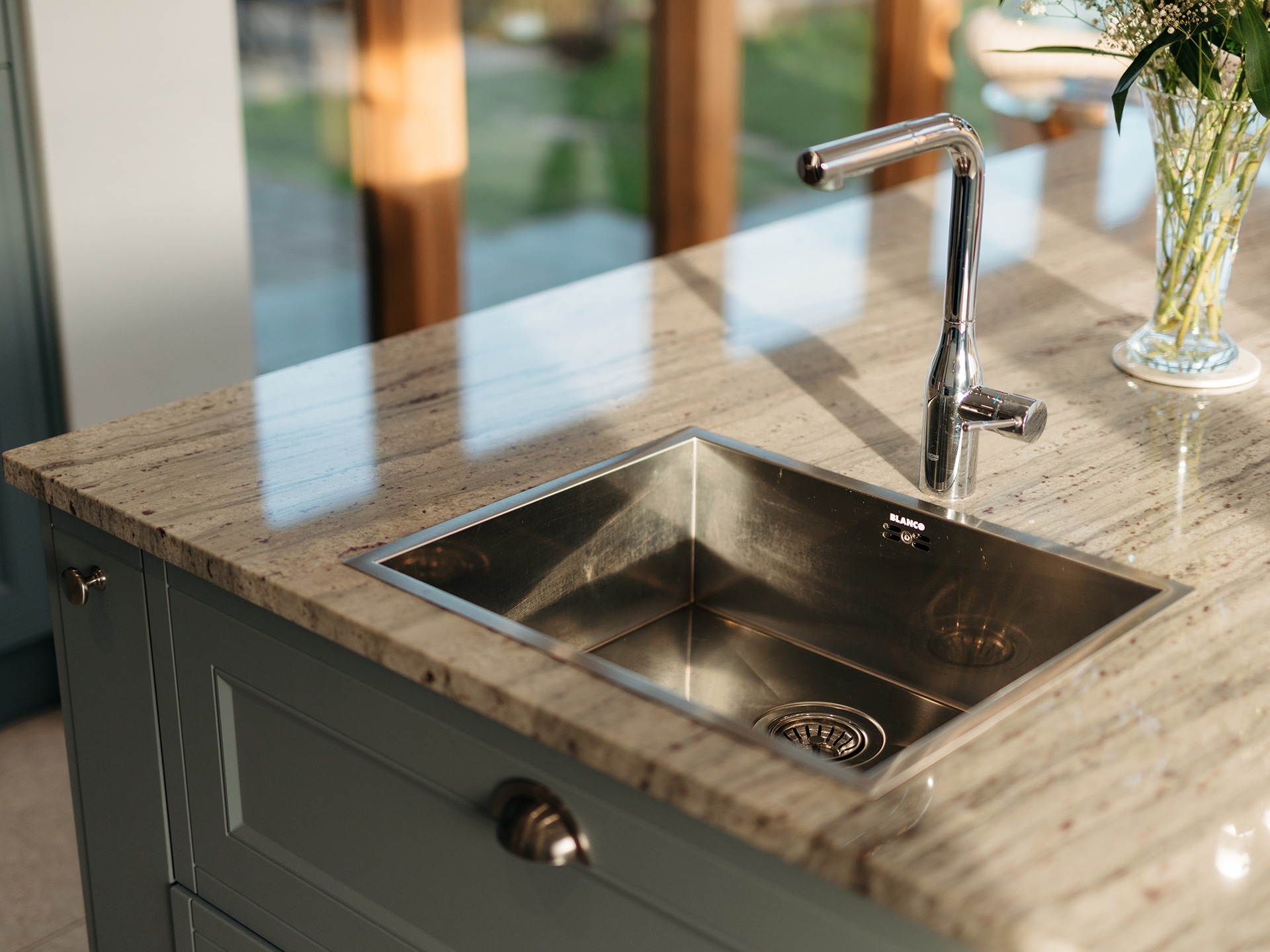
- Image credit: Wren Kitchens
Colours, patterns, and finishes
Because granite is a natural stone, the pattern in each slab is unique. It is formed as magma slowly cools underground, trapping crystals of minerals like quartz, felspar and mica. Some granites have dramatic large crystals in them, others have a finer grained, more speckled appearance.

- Image credit: Adobe Stock
Granite comes in shades of white, red, pinks, black, blue and green. Oli Webb, from Cullifords, which sells both real and engineered stone, says, “The beauty of granites, as natural stones, is the colours and variance you can get from them, and the real natural feeling you get from their touch. Each block will bring a touch of individuality and unique style to your kitchen. Ranging from hard to soft, granite is a natural stone and, as such, offers a huge variety of shades and patterns.”
With quartz, coloured pigments can be added to give a greater range of colours. Solid colours, speckled, sparkling, and veined faux marble patterns are the commonest designs, and patterns and colours are more consistent because this is a manmade product rather than a natural one. Oli says, “Thanks to their ability to create and change with the current trends, the colours are constantly evolving and, being quartz, the surfaces are extremely hard.” White marble-effect, black, sparkling, and faux concrete are all particularly popular choices at the moment.
Charlie Smallbone, of Ledbury Studio, advises, “Quartz comes in a wide range of colours and patterns. This allows you to find the perfect fit for your kitchen decor. Some quartz worktops mimic natural stones like Carrara marble. However, it is best to avoid these as they often appear inferior to the real thing. Instead, look for quartz that has a pleasing background colour and attractive veining.”
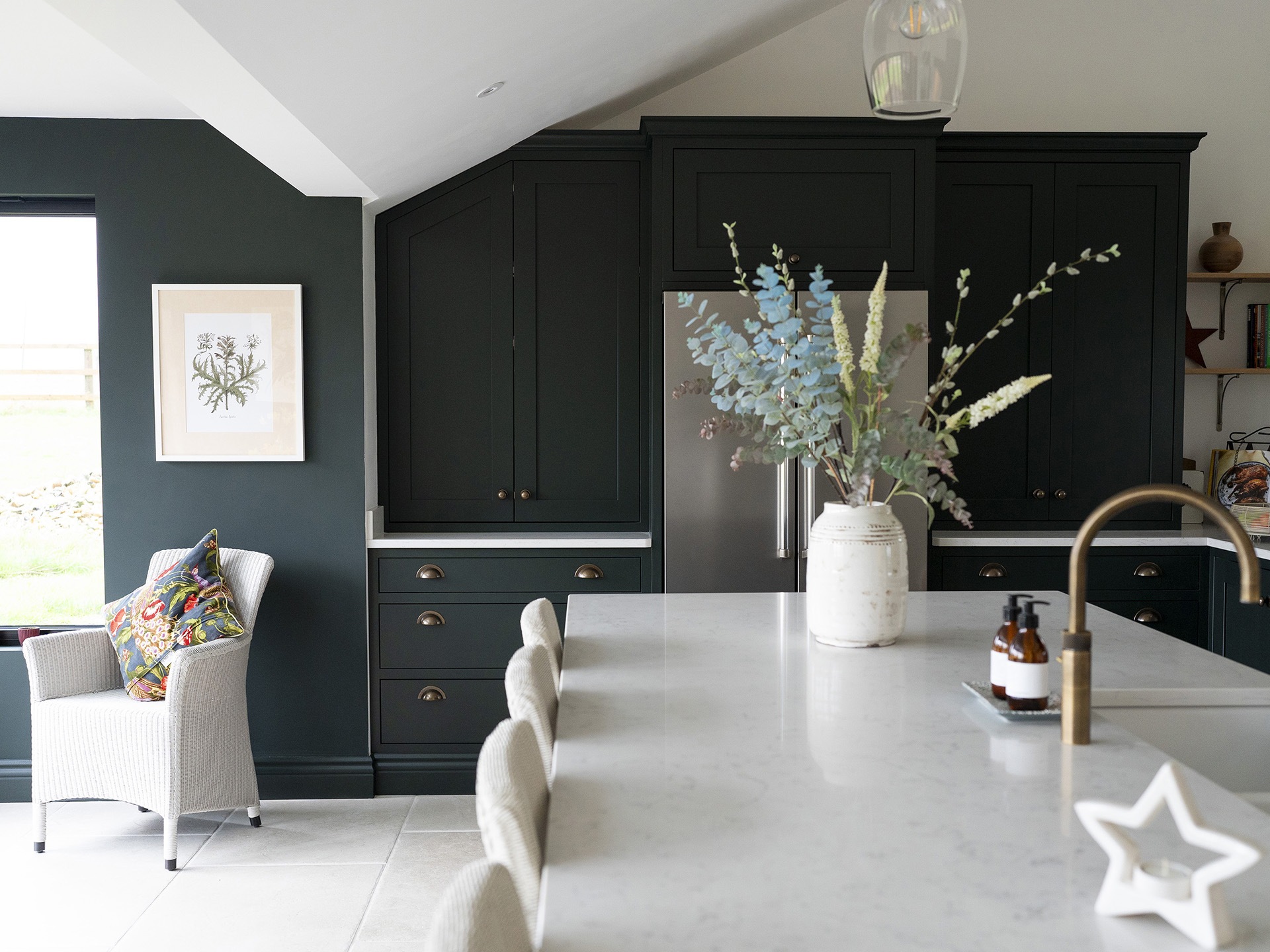
- Willis & Stone kitchen featuring BQS Bianco Venatino quartz worktop and Georgian Shaker cabinetry in Obsidian Green 216 by Little Greene, £15,000. Image credit: Willis & Stone bespoke handcrafted kitchens
Talking of veining, dramatic patterns in granite can be made to look even more striking by skilled craftspeople who can vein match – match veins across slabs – and book match – create a “mirror image” by butting up against each other two slabs cut from the same piece of stone.
The surface of quartz can be made with a gloss, matte or leather (satin – sometimes called concrete) finish. Similarly, granite can be worked to several different finishes:
- polished: glossy, feels flat
- honed: matte, feels flat
- leather: satin, feels soft
- flamed: heat treated, with a textured, undulating surface
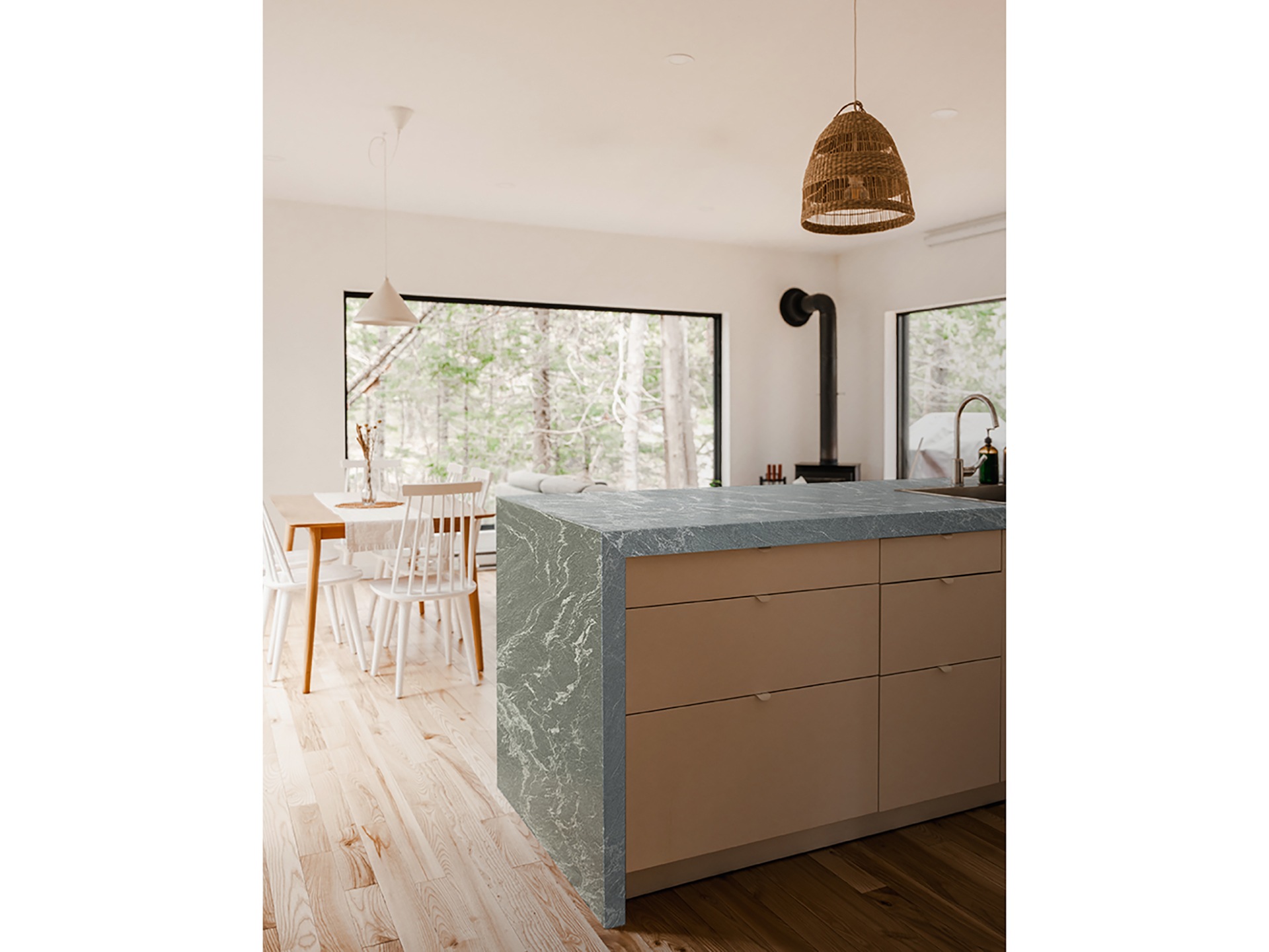
- Verde Italia granite from Cullifords. Image credit: Cullifords
Durability
Quartz should last a long time. Some brands come with guarantees for ten, 15 or even 25 years. Charlie Smallbone says, “One of the primary reasons to choose quartz for your worktop is its durability. Quartz is extremely resistant to heat and scratching. This durability can be a real lifesaver in a busy family kitchen where worktops are frequently subjected to heavy use.”
Oli Webb adds, “Quartz is stain resistant, and the surface is very resistant to cutting on, although it is not impervious to UV, so, over the years it will fade a little and lose its lustre. But it is a fantastic option for a kitchen worktop.”
Granite is similarly scratch resistant, heat resistant, and stain resistant – if you keep it sealed. It will last for decades if treated well. It isn’t recommended that you chop, or place hot pans straight from the stove on either surface: use chopping boards and trivets.
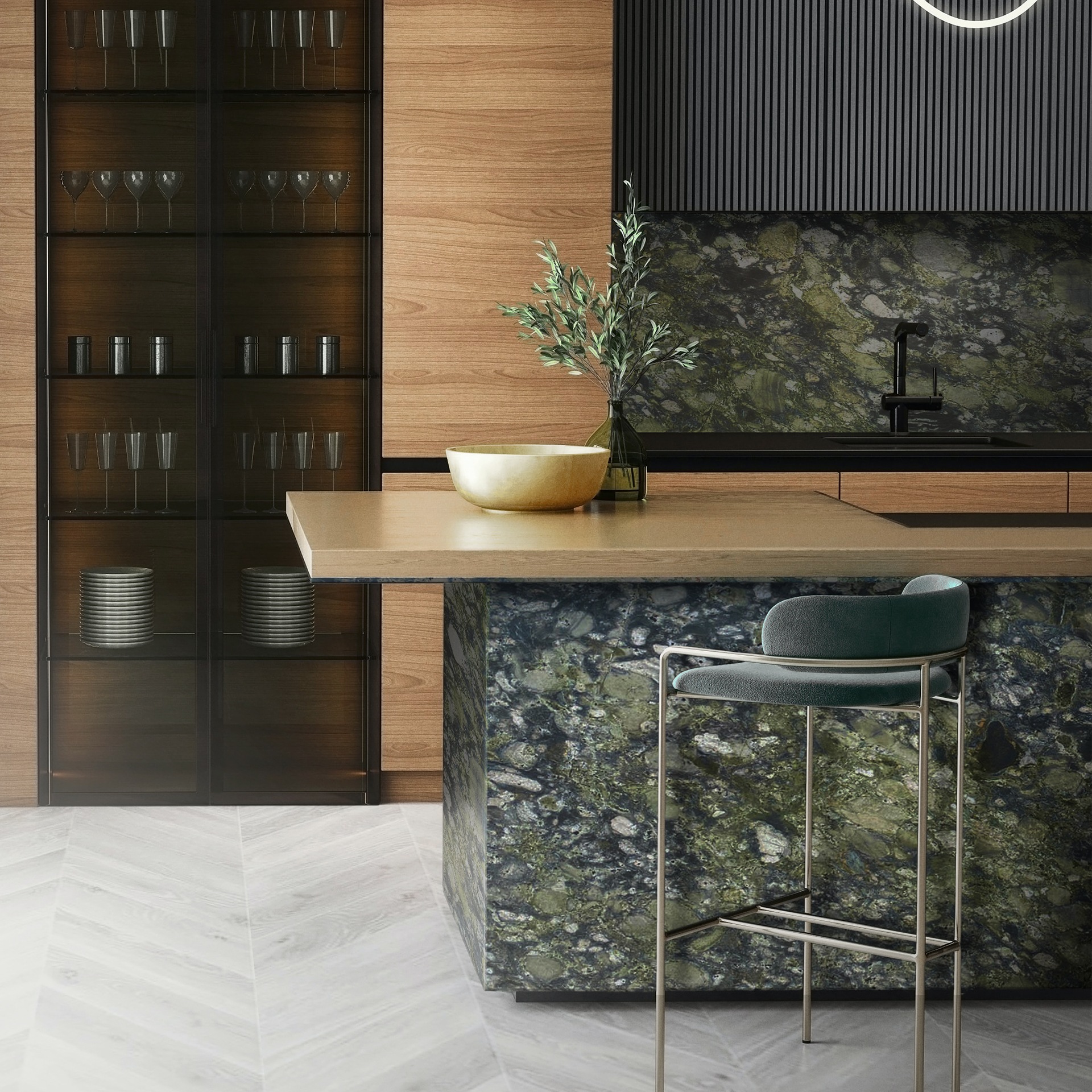
- Beautiful Verde Gauguin granite from Cullifords. Image credit: Cullifords
Installation
Quartz usually comes in 12mm, 20mm or 30mm slabs. The slimmer quartz is good for splashbacks, windowsills and other areas you won’t directly put items on. Granite usually comes as a 30mm-thick slab. The standard slab sizes for both is 1.4m x 3m, though this may vary from company to company and some will have larger sizes available.
Installers measure up your kitchen, then create a template to cut out the quartz or granite. Your cabinet bodies need to be in place to do this, and make sure you have your sinks available to be measured, too. Joints in both granite and quartz should be hard to see but won’t be invisible. The quality of the joints will depend on the skill and experience of your fitters. You also need to think about whether you want a matching splashback or upstand along the wall, and what profile (shape) you want the edges of your surface to be.
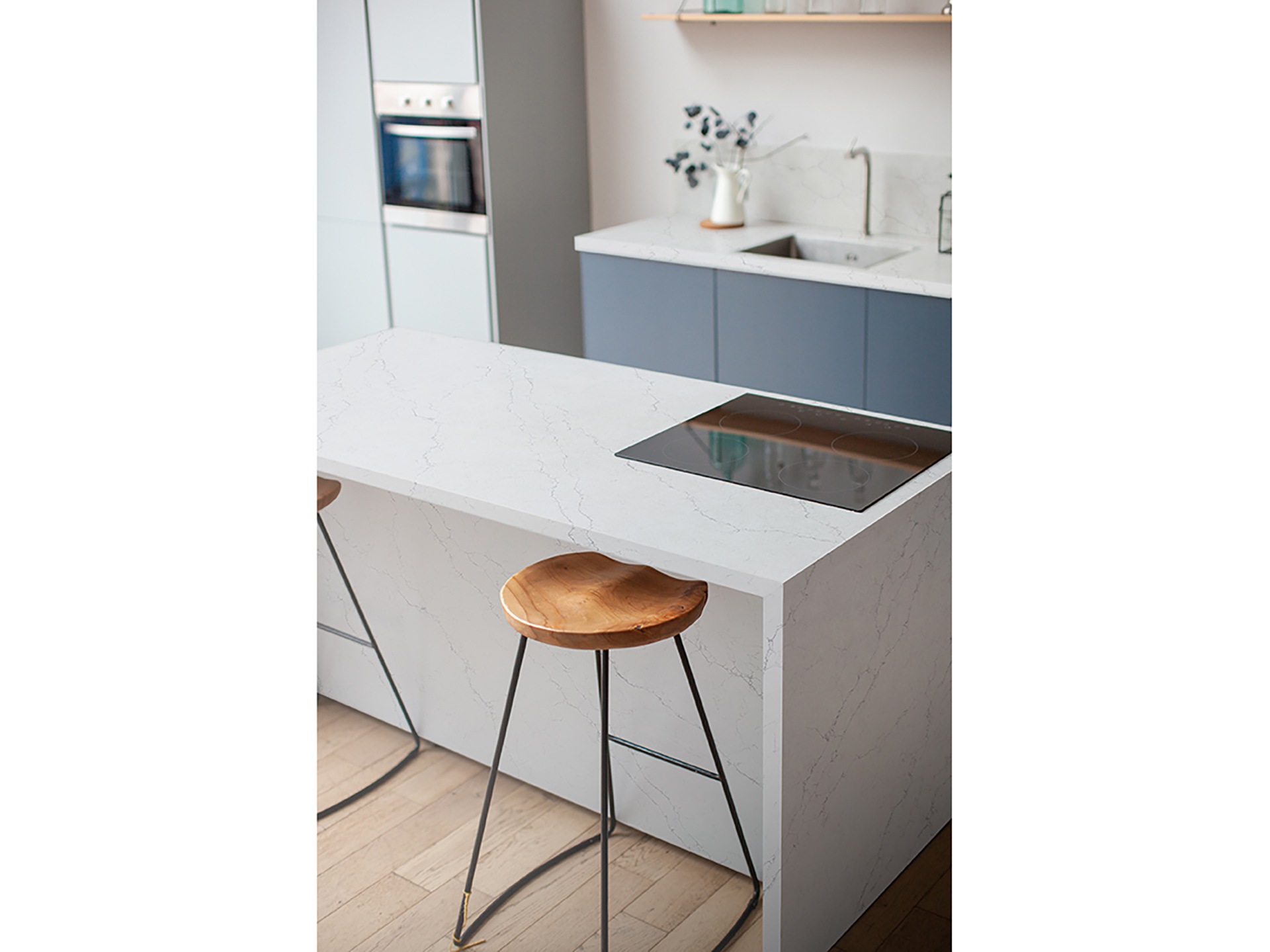
GC Enigma Quartz from Cullifords. Image credit: Cullifords
Maintenance and cleaning
Don Benton, of Granite and Marble Solutions, explains, “Granite does need some upkeep, including regular sealing to prevent stains and bacterial growth.”
It will need resealing every year to make sure it keeps repelling liquids. You can ask your installer to use a low-VOC (volatile organic compound) sealer. It’s harder to find natural low-VOC sealants for white coloured stone (which also happen to be some of the most porous granites). Alternatively, Consentino sells natural granites impregnated with a long-lasting sealant called Sensa.
As for quartz, Charlie Smallbone explains, “Quartz worktops are non-porous, so they do not absorb liquids or food particles. This makes them very easy to clean – most spills can be cleaned up with just a damp cloth. Unlike porous materials, such as granite or marble, quartz does not require sealing or treatment, making it a low-maintenance option for your kitchen.”
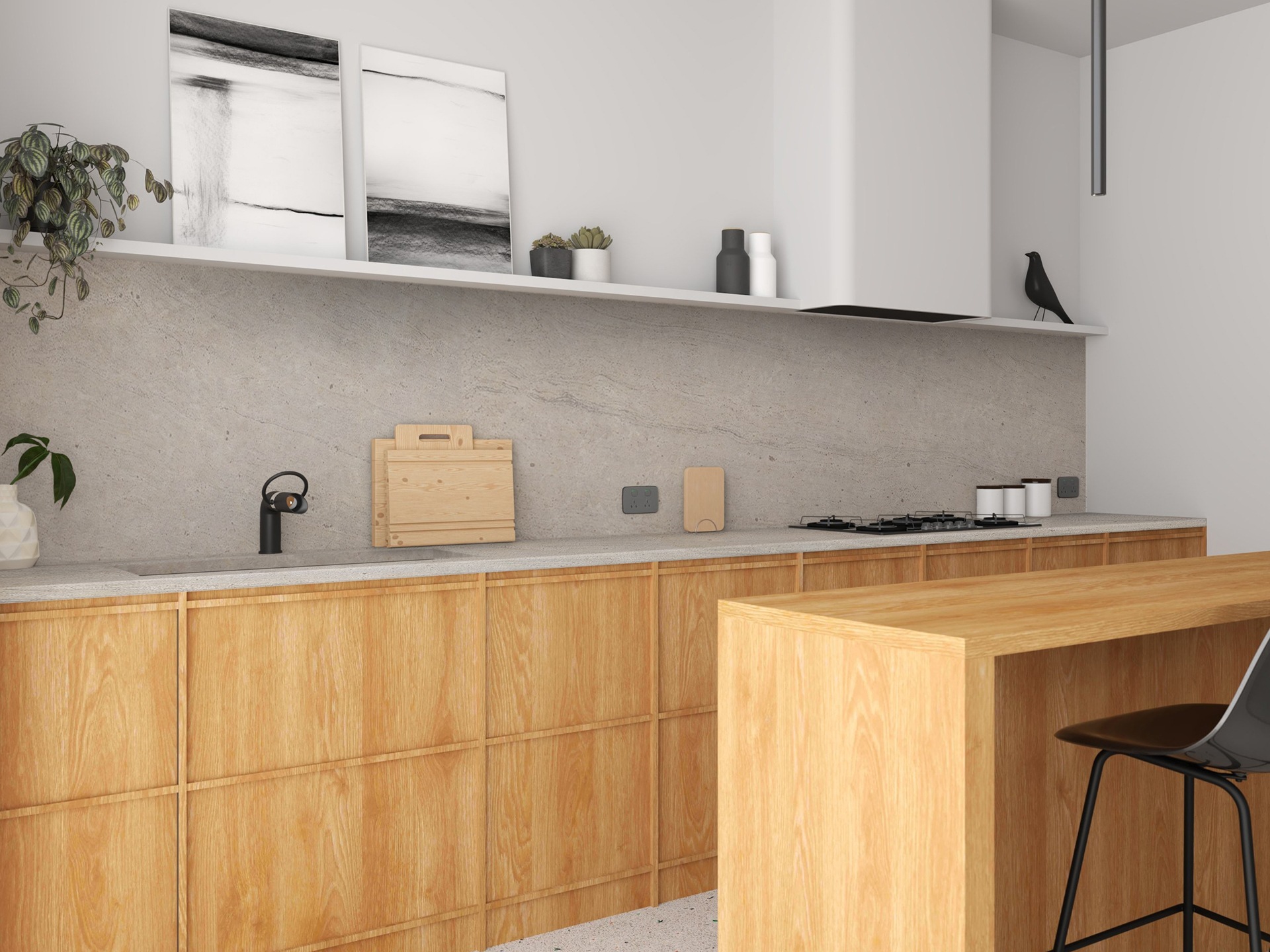
- Millenium Cream granite worktop and splashback from Cullifords. Image credit: Cullifords
Mihai Maciuca, of Domicilio Living, says, “For both materials, regular cleaning with mild soap and water will suffice to keep the worktops looking pristine and extend their lifespan.”
It is recommended all spills on both surfaces are wiped up immediately – even water spills, to avoid limescale marks. Avoid acidic, caustic and abrasive cleaners too, as they are just too harsh, and can strip the sealant from your granite.
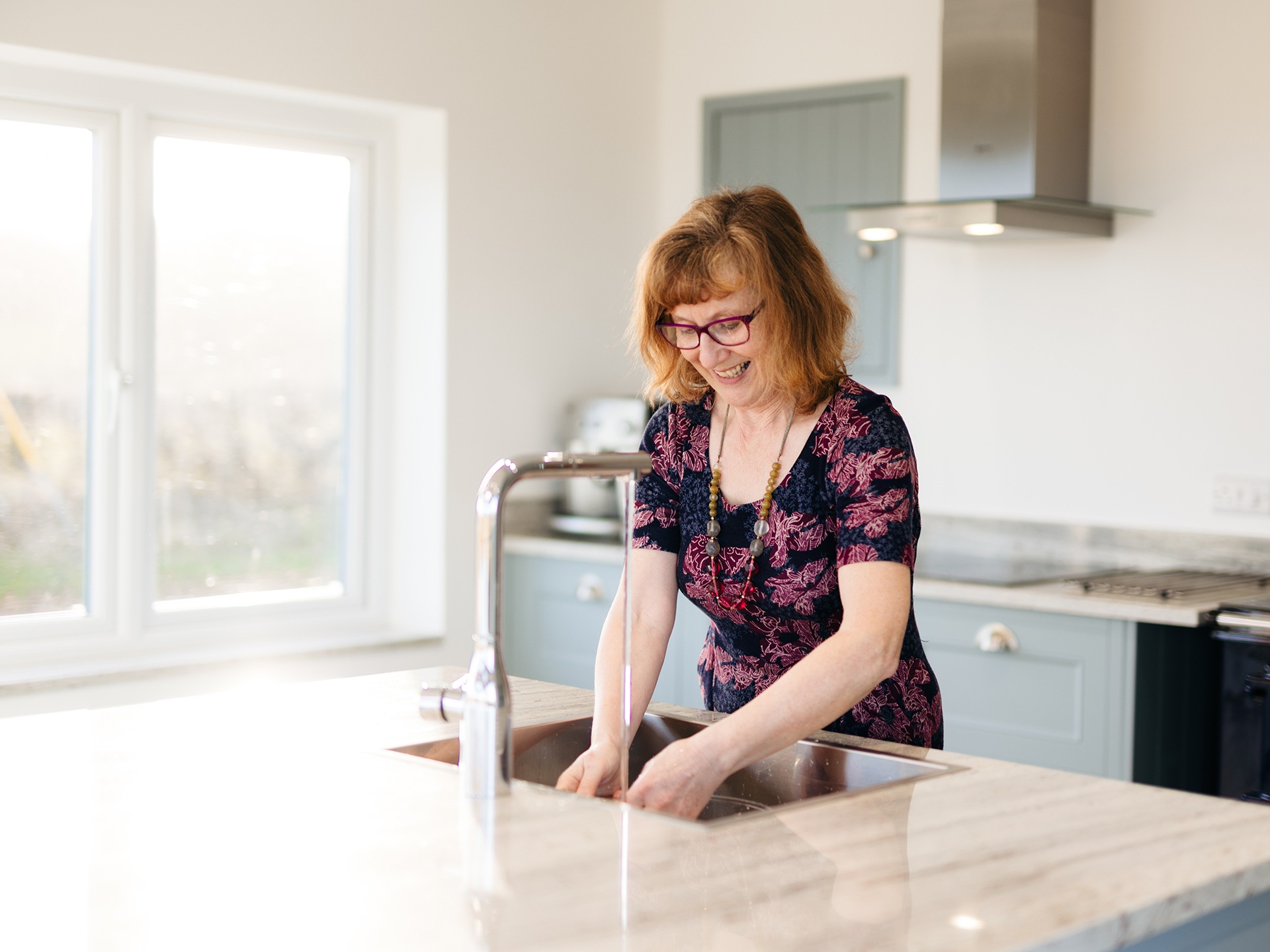
- Image credit: Wren Kitchens
Outdoor use
If you are making an outdoor kitchen, you need to be careful with both granite and quartz. More porous types of granite are prone to frost damage as water seeps into the stone then freezes and expands, cracking the stone. Meanwhile, most quartz surfaces are not UV resistant. though UV-resistant quartzs are starting to become available, such as Diresco’s.
Sustainability
Quarrying and transporting natural stone like granite around the world uses a fair bit of energy. Quarrying can also create problems like habitat destruction and water pollution. But many stone companies are improving their working practices, and, as a very abundant stone with a long use life, granite is relatively sustainable – especially if you choose locally sourced stone. The trade body for stone merchants, the Stone Federation, argues, “At the current rate of extraction we have enough dimensional stone to last for about 850 million years. This figure ignores the new stone which is being continuously made, probably at a much faster rate than the industry is extracting it.”
Quarrying quartz requires less energy, and it is also very common mineral that can be mined in many locations. The quartz manufacturing process, though, is energy intensive. Individual companies are working to improve the environmental impact of their quartz products. Some are working to improve mining practices and source their quartz locally. Others are using recycled materials in their quartz or quartz-style surfaces. Consentino makes Silestone, which is not described as a quartz, but rather a ‘mineral hybriq surface’. It’s new Earthic collection includes recycled PET, discarded Dekton fragments and post-industrial glass as well as innovative bio-resin derived from used cooking oil. Produced with 100% renewable electrical energy and 99% recycled water, Silestone XM also contains a maximum silica content of 10%. Caesarstone, one of the big names in quartz, is transitioning many of its designs to its new Mineral surfaces range, which contains less silica and more recycled materials.
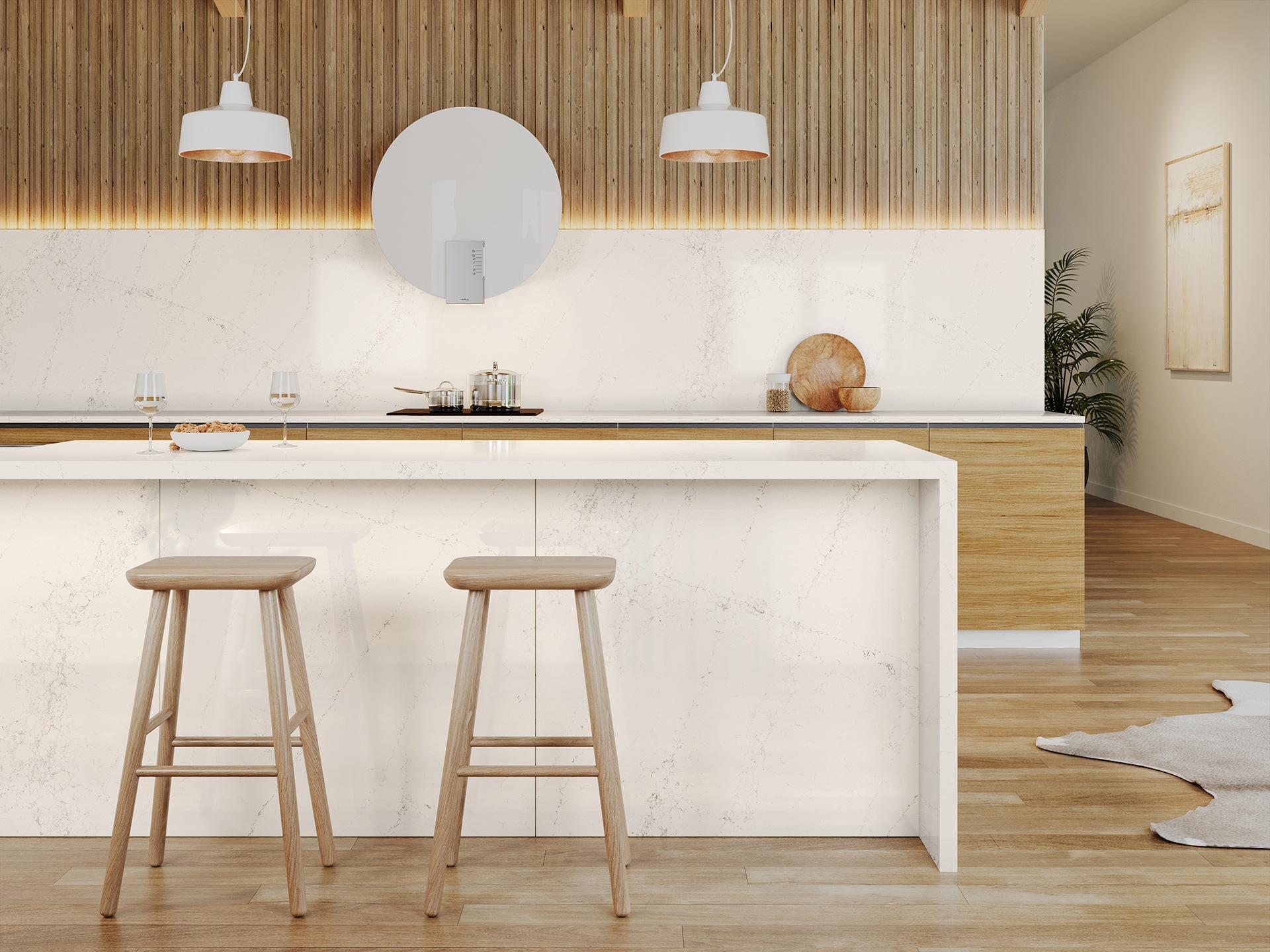
- Caesarstone, Solenna. Image credit: Caesarstone
Quartzforms and Compac are other manufacturers working hard to improve the environmental performance of their quartz. Plant-based bio-resins to replace the petroleum-derived epoxy resin in quartz are a product-development focus for sustainably-minded companies.
Reuse and recyling
Both granite and quartz can be repaired to extend their life. When its life in your kitchen is over, granite can often be reused – for example, cut up to make smaller items like decorative tables. Quartz is not easily recyclable, though it could be crushed and reused in new quartz.
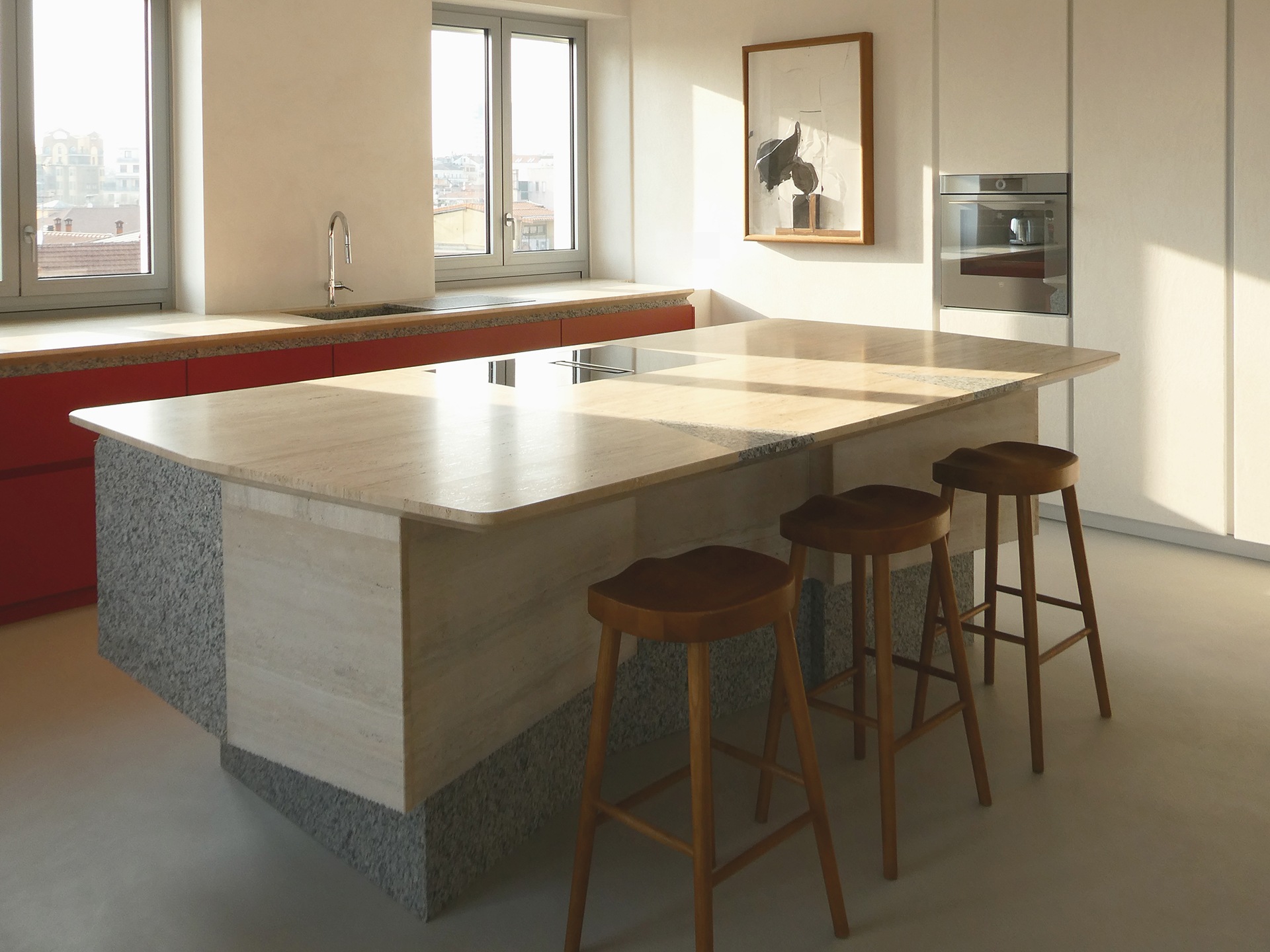
- Image credit: Domicilio Living
Kitchen refresh
Quartz overlays over your existing unit tops are a relatively cheap way to give your kitchen a freshen up. You can replace existing worktops with new granite surfaces too, but only if the old carcasses are strong enough to support the heavy new stone top. Granite tops you don’t like can be wrapped rather than replaced.
How much do they cost?
Price-wise, quartz and granite are very similar in cost. Granite is usually a bit more expensive, though regularly patterned, medium-grained granites will be cheaper than those with more striking crystal or larva patterning. You will pay between roughly £500 and £1,000 for each slab of stone or quartz, and the final cost of your worktop will depend on how many of these you need. Islands and peninsulas tend to work out pricey. The cost of the fitting and installation will be on top, from £1,000 upwards depending on the number of cut-outs you need.
Check the size of the slabs available in your chosen stone. Sometimes an experienced fitter will be able to save you money by cutting your work surfaces out of one large slab, say, rather than two smaller ones. You will be charged extra for each hole that is cut out from the slab, for an appliance or sink, and for drainage grooves.
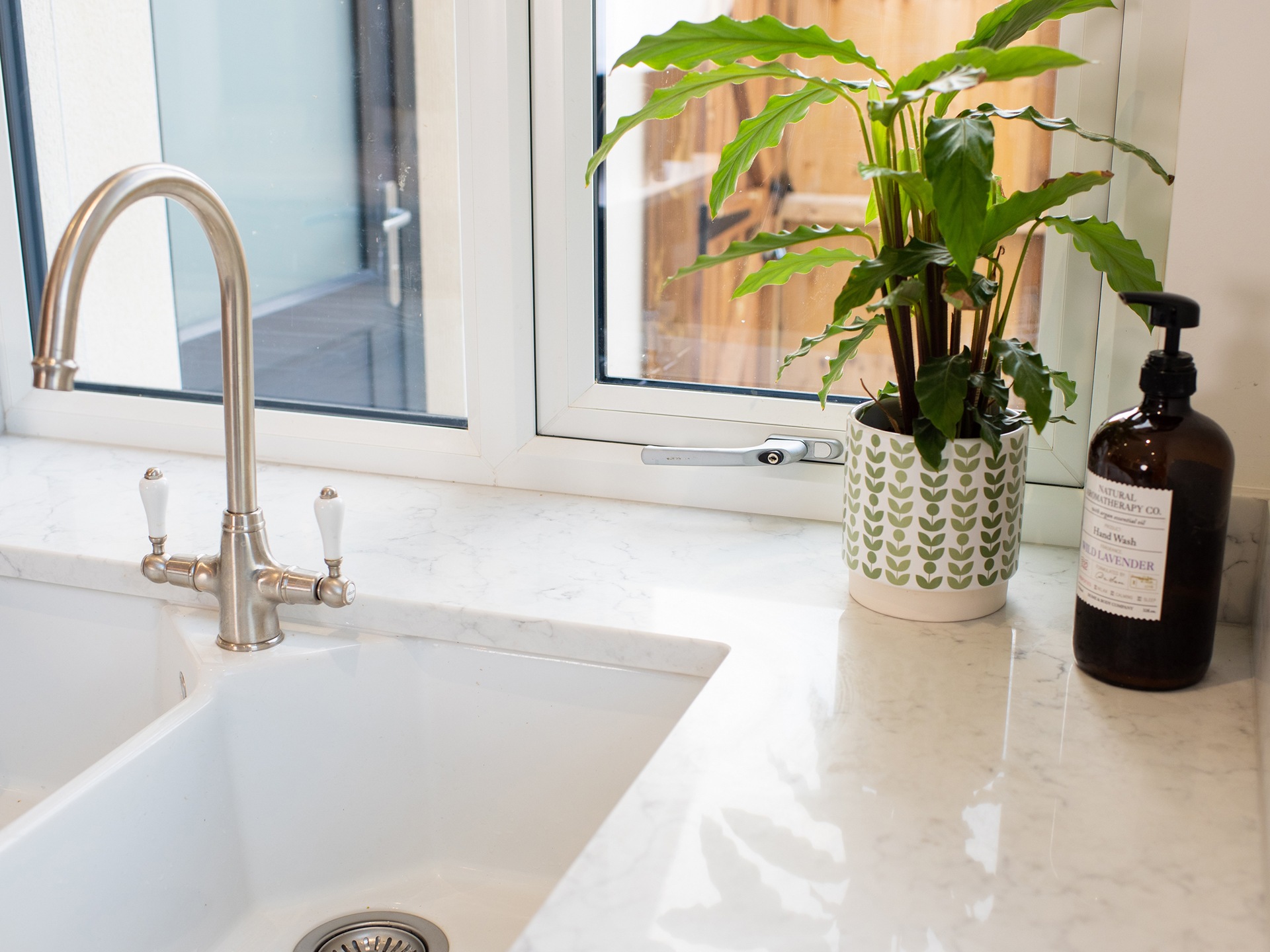
- Urban Quartz Noble Carrara worktop. Image credit: Willis & Stone
No matter what countertop you’re thinking of, Charlie Smallbone makes a lot of sense when he advises, “My number one piece of advice when choosing a kitchen worktop is to take your time and do your research. Visit showrooms with a good selection of surfaces and order samples of your favourites to see how they will look in your home. View them in different lights to get a true sense of their colour and texture, just like paint samples.”
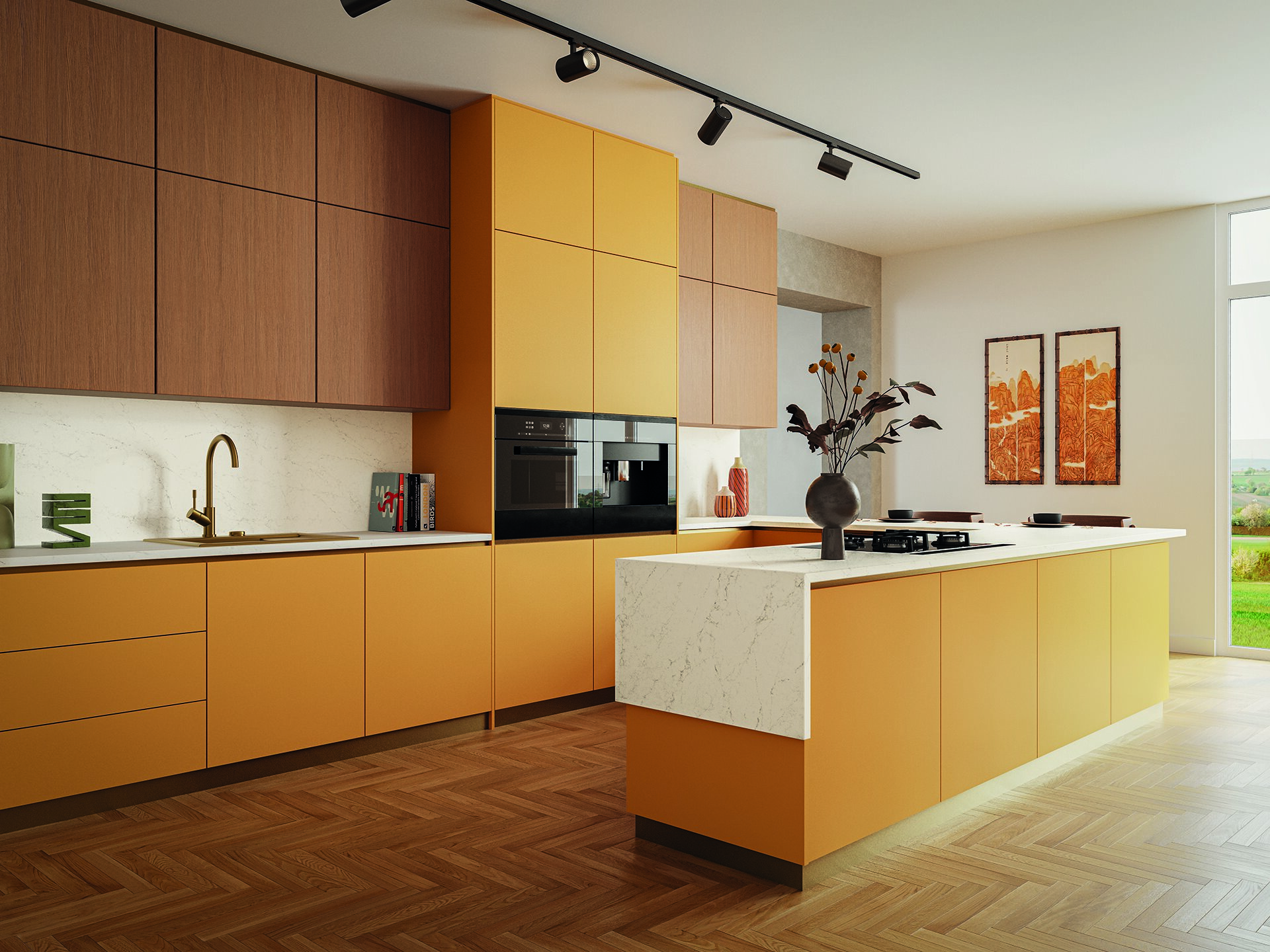
- Caesarstone, Dreamy Carrara. Image credit: Caeserstone

